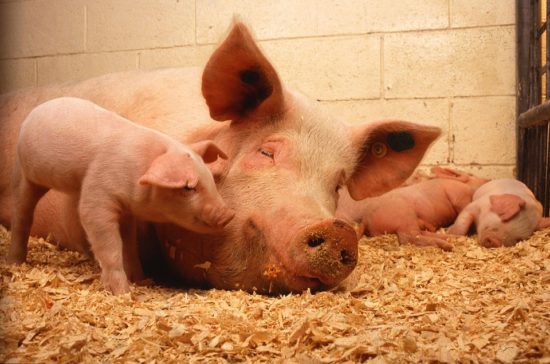The emergence of antimicrobial resistance (AMR) in commensal and pathogenic enteric bacteria of swine is a public health threat. This study evaluated publicly available AMR surveillance data collected by the National Antimicrobial Resistance Monitoring System (NARMS) by assessing AMR patterns and temporal trends in commensal E. coli isolated from cecal samples of swine at slaughter across the United States. We applied the Mann-Kendall test (MKT) and a linear regression trend line to detect significant trends in the proportion of resistant isolates to individual antimicrobials over the study period. A Poisson regression model assessed differences among years in the number of antimicrobials to which an E. coli isolate was resistant. Among the 3237 E. coli isolates, a very high prevalence of resistance for tetracycline (67.62%), and high resistance for streptomycin (24.13%), and ampicillin (21.10%) were identified.
Evaluating Antimicrobial Resistance Trends in Commensal Escherichia coli Isolated from Cecal Samples of Swine at Slaughter in the United States, 2013–2019
16 April 2023
Further reading: Microorganisms
Author(s): Hamid Reza Sodagari et al
Healthy Animals Secure Foods
AMR NEWS
Your Biweekly Source for Global AMR Insights!
Stay informed with the essential newsletter that brings together all the latest One Health news on antimicrobial resistance. Delivered straight to your inbox every two weeks, AMR NEWS provides a curated selection of international insights, key publications, and the latest updates in the fight against AMR.
Don’t miss out on staying ahead in the global AMR movement—subscribe now!







